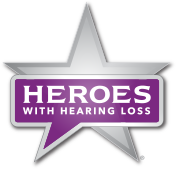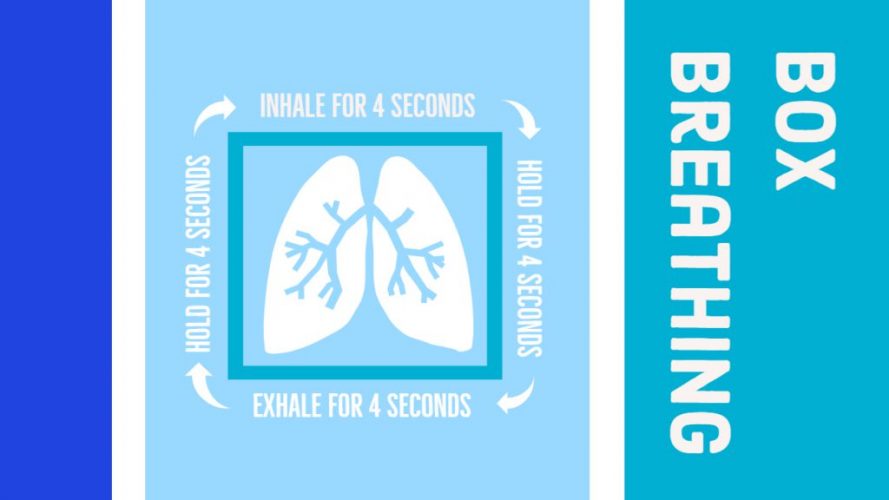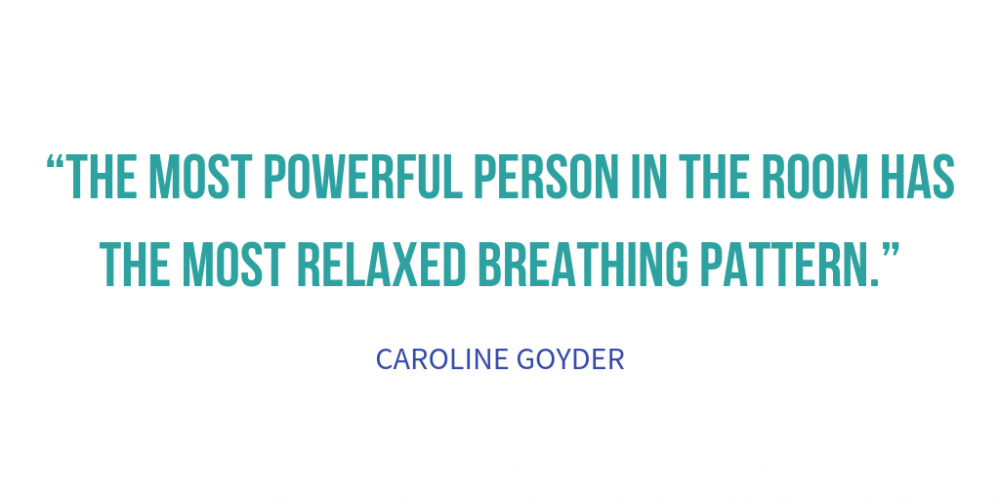Mindful Breathing for Veterans
You’ve trained for the harshest conditions. You can survive for weeks with barely any food and stay alive for days with little water, but you can only live a matter of minutes without air. Breathing is so important that your body does it automatically—which is why we usually don’t think about it. However, becoming aware of your breathing and how you’re doing it can be extremely helpful. Veterans battling symptoms caused by service-related conditions such as post-traumatic stress disorder (PTSD), traumatic brain injury (TBI), chronic pain, substance abuse, tinnitus and hearing loss have found great benefit in learning mindful breathing.
Conscious Breathing and the Military
For many years, the military has known about the benefits of controlled breathing. Service members learn early on to control their breathing to steady their aim and improve their accuracy. Other breathing techniques, such as box breathing (a.k.a. combat breathing) is taught in different branches of the military to help improve performance during combat and other stressful situations. Controlled breathing is an essential survival technique for pilots facing high G forces. Widespread data shows that proper breathing techniques improve focus, reduce dizziness, calm anxiety and mitigate pain.
Special programs have been developed for veterans to teach mindful breathing techniques that can manage symptoms associated with common service-related conditions. A recent study has shown that practicing conscious breathing can significantly reduce symptoms of PTSD in veterans.*
Why Controlled Breathing Works
The system in your body that automates your breathing is called the parasympathetic nervous system. It also controls other things your body does automatically (such as making your heart beat) and instigates your fight or flight responses. The automatic functions in your body change based on your emotional state, but unlike most autonomic functions, you can control your breathing if you practice. Since your breathing pattern changes according to your emotional state, if you breathe in the pattern associated with a specific emotion you can trick your body into feeling it. When you breathe deeply, as you would when you are calm and confident, you send your parasympathetic nervous system the message to relax. This helps reduce fight or flight reactions and can make you actually feel more calm and confident.
Box Breathing
Box breathing (a.k.a. combat breathing) is a technique used by military personnel to increase performance, especially in combat and other highly stressful situations. The technique is called “box breathing” because there are four basic steps to the practice that can be pictured as the four sides of a box.
How to do Box Breathing
Before you begin, push out as much air as possible from your lungs and relax for four seconds without inhaling. Then follow the steps below:
- Inhale smoothly through your nose for four seconds starting with expanding your lower torso and diaphragm then bringing air into your lungs
- Relax for four seconds without exhaling
- Exhale for four seconds letting the motion compress your diaphragm toward your spine
- Relax for four seconds without inhaling, then take one or two normal, slow breaths before repeating the process
Repeat the pattern for up to 20 minutes or until you feel calm and relaxed. Veterans who practice conscious breathing for 10 to 20 minutes per day have reported experiencing significant relief.
When to Use Box Breathing
You don’t have to save these techniques for just stressful situations. Practicing box breathing is a great way to decompress a bit whenever you want to relax. These different forms of mindful breathing can also help prevent or reduce dizziness and anxiety, increase mental focus, improve performance, manage stress, better tolerate discomfort and control emotions.
Have you used breathing techniques to reduce stress or manage symptoms caused by hearing loss, tinnitus, PTSD, TBI or other conditions? Share your experience in the comments!
*https://news.stanford.edu/pr/2013/pr-veterans-breathing-study-052213.html
 Heroes With Hearing Loss
Heroes With Hearing Loss
